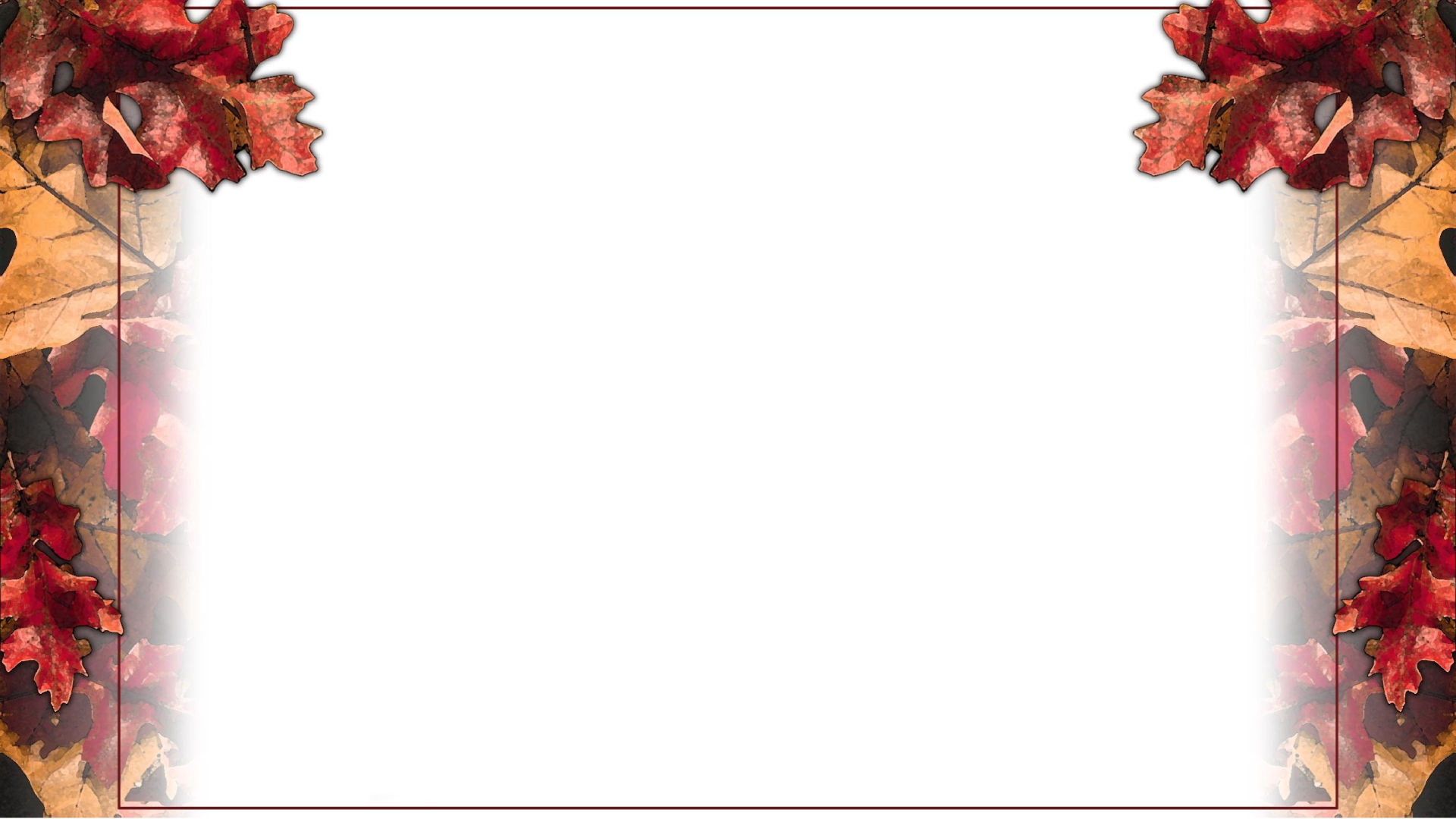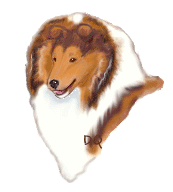

Sheltie Care

Vaccinations:SS- I would like to say that their is a multitude of written articles and info pertaining
to this subject that would be to numerous to list here. Their fore I will give what the average Vaccines are and from their it is up to you to talk this over with a qualified licence veterinarian and choose your vaccine programe that's right for you.
note! :Rabies booster quoted is either Imrabe3 or Defencer3 ( I myself have found sensitivety in the Imrabe 3)
: I will also not give both Rabies & Booster together, will wait at least 3-4 wks in-between
: will also wait in the vets office for 40 min after Rabies vaccine in event of reaction
: I do not give any other vaccines other then what is listed here (I do NOT use Bordetella, corona virus,
leptospirosis or Lyme vaccines)
7wks- 1st booster shots
12wks- 2nd booster shot (same as first)
16wks- 3rd booster + First Rabies shot
16 months- Rabies then 3-4 wks later the booster
from here you will give rabies every three years and the booster every two years
SS: note! studies show that the boosters are still effective after 2 yrs & might be pushed back to three years.
Link to Jean Dodd's vacc schedual
http://www.weim.net/emberweims/Vaccine.html -Jean dodds schedual - very informative
Titers- can be performed a few years after this full vacination-A blood test to determine if the dog is still protected
if the test shows the dog is still protected then you don't vaccinate thus not over vacinating.
SS: PET puppies are sold on a strict spay/neuter contract and you might be interested in this article
http://www.littleriverlabs.com/neuter.htm- nutering/spading ???
http://www.caninesports.com/SNBehaviorBoneDataSnapShot.pdf>
Heartworm- SS: There are several products that are available, some to give for short term, some a full year.
If you choose to do heartworm again ask a qualified licence veterinarian about these different products and
choose the one that best suits your program
Worming- SS: Here again their are several products to choose from, some with additional
flea control etc.( these will cost more)names of some are Pancure, Safegard, strongid
Links of intreast on worming products
http://www.drsfostersmith.com/pic/article.cfm?aid=1086 comparison chart
http://www.pronto.com/user/search.do?displayQuery=dog%20wormers&SEM=true&query=do
g%20wormers&adid=1206371220-5568369-0_gs&ref=dog%20wormers&creativeid=4431790875
&site= worming products
http://www.dogbuffs.com/wormers worming products
Grooming
grooming from a pet owner's perspective. (A lot more effort is required to groom a Shetland Sheepdog for dog
shows.)
Do Shelties Shed a Lot of Fur?
expect your Sheltie to shed a reasonable amount of fur. Shelties usually shed once a year. Female Shelties shed
in the summer and after every heat cycle (roughly every 6-8 months)spaying will eliminate most of this.
How Often Should You Groom Shelties?
Experts recommend thoroughly grooming Shelties about once a week, with a quick daily brushing to catch any
nuisance mats and tangles in the problem areas.
Grooming Brushes and Tools
•An undercoat rake - Fg1. this is an essential grooming brush for when your Sheltie is shedding. It has a single row
of metal prongs to remove all the dead fur from the Sheltie undercoat. It's most effective when the undercoat is
shedding in chunks.
•A pin brush Fg2. typically used on medium and long-haired dog breeds. A pin brush removes dead hair that your
Sheltie will otherwise shed on the furniture. They are great on wet fur too, as most other brushes can cause fur
breakage when wet.
•A slicker brush - Fg.3 Sheltier groomers use a slicker brush to remove mats and dead hairs from both the inner
and outer layers of the thick coat. They are also often used as a finishing brush to distribute the natural oils
through the coat for a silky, smooth finish.
•Thinning shears - Fg.4 to remove extremely stubborn mats without cutting out large chunks of hair. You'll also
need a regular pair of sharp scissors to trim the unwanted fur that grows in between the paw pads and makes it
harder for them to walk.
•Nail clippers or a nail file - F6. to trim the toenails which will otherwise grow long and cause serious problems
walking, leading to arthritis. The guillotine style fg5 featured here are the easiest to use and perfect for small to
medium dog breeds.








Grooming
undercoat part the fur until you can see his skin and carefully work your fine undercoat rake through the woolly
fur. Spray it with water or detangler to help ease out the mats. If he's shedding, your comb will quickly fill up with
soft undercoat, work through the undercoat thoroughly inch by inch, getting all the loose fur
Step 2 - Problem Areas
Thenroll him onto his back to brush the soft underbelly where the hair is very thin and has no undercoat to speak
of. Take care to get all the mats and tangles under the arm pits and around the groin, as this can easily become
tangled and painful for your Sheltie. The other problem area is behind the ears, where you have both a thick
undercoat and long wispy outer coat to contend with. In fact,
Step 3 - Hind Legs and Tail
Take your pin brush and part the coarse, wavy fur on the hind legs to get the deep mats out. when. You should be
able to get the pin brush through the hind legs and tail without running into knots - otherwise, you have more work
to do!
Finally, to make your Shetland Sheepdog look grand, run a slicker brush over the outer coat to distribute the
natural oils and maintain the coat's natural luster. The overall process takes anywhere from 10 to 30 minutes
depending on the time of year and how much undercoat your Sheltie is sporting.
Grooming Feet
Step 1 - Trim The Nails
You must keep your Sheltie's toenails clipped or they'll arch the toes away from the ground, forcing him to walk
further back on his paws. This is not only awkward but it puts extra strain on the tendons, causing limping and
eventually arthritis.
With your Sheltie gently restrained, cut the hooked part of the nail about 2mm in front of the pink quick (it's easy to
see on white nails.) If you cut the quick, it causes bleeding for several minutes and is extremely painful. When
using a guillotine clipper, hold it vertically so the nail is cut straight up or down. If you hold it sideways, nail will be
clipped sideways and crushed, causing splintering. Make sure the cutting blade faces you - not your dog - to
minimize the risk of cutting the quick. With black claws, you can't see the quick, so cut it in several smaller cuts,
getting closer to the quick each time. When you see a gray/pink oval in the claw, you can stop cutting as this
immediately precedes the blood-lined quick. Alternatively, use a nail file to wear the nail down gradually and avoid
any painful experiences.
Don't forget to clip the dew claw which is a finer, thumb-like nail on the inner surface of the paw, further back than
the others. Usually the nails on the back feet are shorter and need less trimming than the front feet.
As in all cases accidents sometimes happen and the nail gets cut to short. If this happens use quick stop to stop
bleeding.fg.7
SS : Consider asking a professinal to show you how the first time fg.7
Trim The Fur
Overgrown hair around the paws also makes it harder for your Sheltie to walk properly. He'll skid on polished
floors and get dirt and all sorts stuck in the fur. With sharp scissors or a razor, trim the fur between his paws until
it is flush with the pads. Also trim the fur around the paws into a nice neat arch. Finally, on the hind legs only, brush
the fur from the back of the paw up the leg to the first joint. Trim any excess fur to keep him looking neat and stop
any dirt accumulating there.
Bathing
Only bathe your Sheltie when he needs it. If you wash them too often yourself it will strip away the natural coat
oils, causing dryness, flaking and itching.
Use warm water to shower your Sheltie in the tub and get the water right against his skin - otherwise the
waterproof outer coat will protect him like water off a duck's back! Be extra careful not to get any water in his big,
gaping ear holes too - use cotton balls to be safe. Make sure you only use a shampoo and conditioner that is
designed for dogs, as human products have different pH levels which can damage your dog's skin and coat. Wash
the shampoo out thoroughly.
Afterwards, gently pat him dry with a towel but don't rub him or you'll loosen the undercoat. Allow him to dry off
naturally indoors - don't send him outside if it's remotely cold. Or, if your furniture can't take a wet Sheltie rubbing
himself all over it, carefully blow dry the coat on a low setting, parting the hair as you go.
Dealing with Fleas and Ticks
It's an annoying truth that when you have a dog, you also invite fleas into your home. Fleas can live happily in the
Sheltie undercoat, sucking blood which causes dreadful itching and laying up to 4,000 eggs which just
perpetuates the flea havoc. Besides causing discomfort, flea bites can produce skin problems, infection, anemia,
and in extreme cases can transmit tapeworms to your pooch.
how to deal with fleas and ticks the best result is regular use of insecticides like Frontline or Advantage. I
supplement this with a Capstar tablet which kills new fleas dead within a few hours. also flea bomb the house to
get rid of any infestation in the carpets and furniture
Frontline - Ongoing Flea Treatment
Frontline is the best flea treatment because it's the only one that completely breaks the flea cycle to give your dog
continuous protection. Flea eggs go through four lifecycles: embryo, larva, pupa and imago (adult) which takes 2-3
weeks in warm temperatures but can lay dormant for longer in cooler periods. I use Frontline on Howard and
Piper regularly. It is proven to kill 100% of fleas within 12 hours and continues to kill fleas and ticks for one month,
and sometimes longer.
Capstar - Kills Fleas Instantly
Sometimes, even while dosing them with Frontline every month, I still find the odd flea on Howard or Piper. That's
when I use Capstar. This is an amazing little pill that kills 98% of adult fleas within 5 hours. However, it doesn't kill
the eggs and larva so you must combine this approach with a long-acting medication like Frontline. You can get
this from your vet or local pet store.
Flea Bombs - Prevent Recurring Fleas
A flea bomb like Hartz Flea & Tick Home Fogger effectively kills fleas, ticks, flea eggs, larvae and mosquitoes in
the home - and prevents reinfestation for 7 months. You'll need to set it off in the center of your home then leave
for 30 minutes. Leave the dog bed, rugs, towels, and other flea-havens in the kill zone and they'll be treated at the
same time. This pack contains two home foggers for $8.99.
SS : if you use a flea or johnson baby shampoo be sure to leave it on for 8-10 min so it can work to kill the fleas

Links of intreast on grooming
http://sheltieshack.yuku.com/topic/3
https://www.youtube.com/watch?v=EkwLtuDT_1Q&feature=player_embedded
https://www.youtube.com/watch?v=gEKuAlcPbzY&feature=player_embedded
https://www.youtube.com/watch?v=N99TT4fsEtE&feature=player_embedded
https://www.youtube.com/watch?v=noQ1wQ0XZ1I&feature=player_embedded
https://www.youtube.com/watch?v=00a66rbQleU&feature=player_embedded
https://youtu.be/rbjfgfZZpBw
https://youtu.be/l9jWNm5PND8
https://youtu.be/rbjfgfZZpBw
